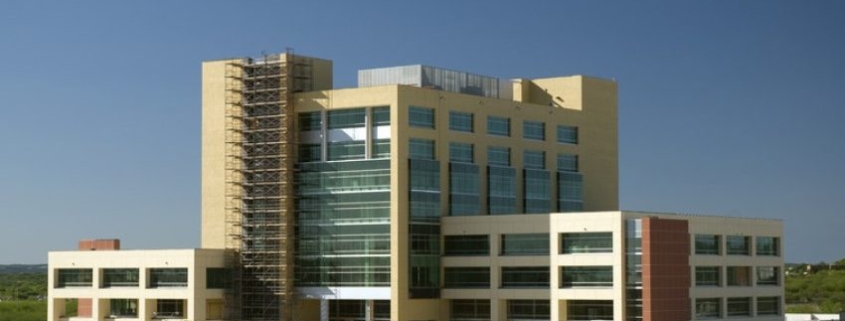A Guide To Drug Addiction And Treatment Center Real Estate
Most drug addiction and treatment centers are located in Florida and California.
A $35 billion industry that is poised for a lot more future growth, here’s what you should know about it from an expert who has spent the last decade involved in the industry. Jim Peake, president of Addiction-Rep.com. is considered a thought leader in the rehab & addiction area. He is also a consultant for Innovative Health Solutions.
GlobeSt.com: Can you explain the scope of the addition treatment business, such as how big physical facilities are, where are they mainly located?, etc.
Jim Peake: Scope of the business is new money is moving in and the smaller operators are selling out. It is getting harder to compete in the space. We are seeing more assisted living or senior living operators enter the space as well as hospice operators.
Most treatment centers seem to be located in Florida and California. The industry is pegged at about $35 billion. Physical facilities can be small as a 6-bedroom house to 20—300 hotel size operations. However typically most facilities seem to run in the 20-40 bed range if they are providing “residential treatment.” There are tons of out patient facilities and detox centers as well. Types of care are as follows:
1. Inpatient detox
2. Ambulatory detox
3. In patient residential care, known as RTC or Res.
4. Out Patient Care or OP, done in a doctor’s office
5. Intensive Outpatient or IOP, done in a doctor’s office
6. Partial Hospitalization Program or PHP, kind of in patient and out patient
7. Sober Living, living a “structured environment”
GlobeSt.com: Why will this be a trend in 2019? I imagine more people going for treatment, that sort of thing. But why?
Peake: Yes and no. Insurance carriers are pushing back on their reimbursements to the rehabs making it more and more difficult. They are sticklers for documentation and are regularly moving the goal posts on the rehabs.
GlobeSt.com: Who is in this business? Are there big name players involved?
Peake: Big players are publicly traded companies Acadia and American Addiction Centers. There are medium and larger players in the MAT space. (Medically assisted treatment – suboxone, methadone and vivitrol.)
GlobeSt.com: Are others getting into the business, and if so, why?
Peake: Private equity is entering the space with assisted living operators.
GlobeSt.com: What and where is the potential for commercial real estate within the industry?
Peake: Commercial real estate that can be zoned for commercial residential care is very desirable. Investors are seeking places similar in size to assisted living with 100 beds or more. The reason being is scale and profitability. Eventually all rehabs will be going “in-network” with their insurance which pays lower than out of network.
GlobeSt.com: What are sales like in the field? Are buildings having a boom in sales?
Peake: Yes, investing in the drug rehab space will return a higher per bed rate per night than Senior Living, hospice or other service however it comes with risks. The length of stay is 30-90 days on average. The challenge is these beds need to be refilled every 30, 60 or 90 days and the cost per new acquisition can be expensive. However, if the operator has a budget and a plan for marketing it can be very lucrative. Right now there are more open locations for rehab than there are operators. The most desirable locations are former Sr. Living operations because they typically have 80+ beds and the zoning for residential healthcare. They also have the potential to attract “in-network” operators. In-network does not return as high a reimbursement as out of network however if the facility is large enough they can do a volume business. Upon exiting the business the in-network providers command a higher multiple of EBITDA.
So yes a good time to invest if the property has enough beds and is located in a major metropolitan area 45 minutes or less from a major airport. I have properties in economically depress areas and they a slow in moving to market.
GlobeSt.com: Are there any special requirements for treatment buildings or special considerations?
Peake: All-inclusive, residential and care on the same property. Sprinkler systems, security, privacy, campus, parking, etc.
GlobeSt.com: Overall, what should commercial real estate people know about this as a rising business opportunity?
Peake: Know the right people in the space. The real estate is worth more with an operating profitable business….and if there is a CUP moratorium.
GlobeSt.com: Any pitfalls or things to avoid as well?
Peake: I would look outside of states of California and Florida if you want to get into the rehab business. I would stay away from New York as well.
Source: GlobeSt.



